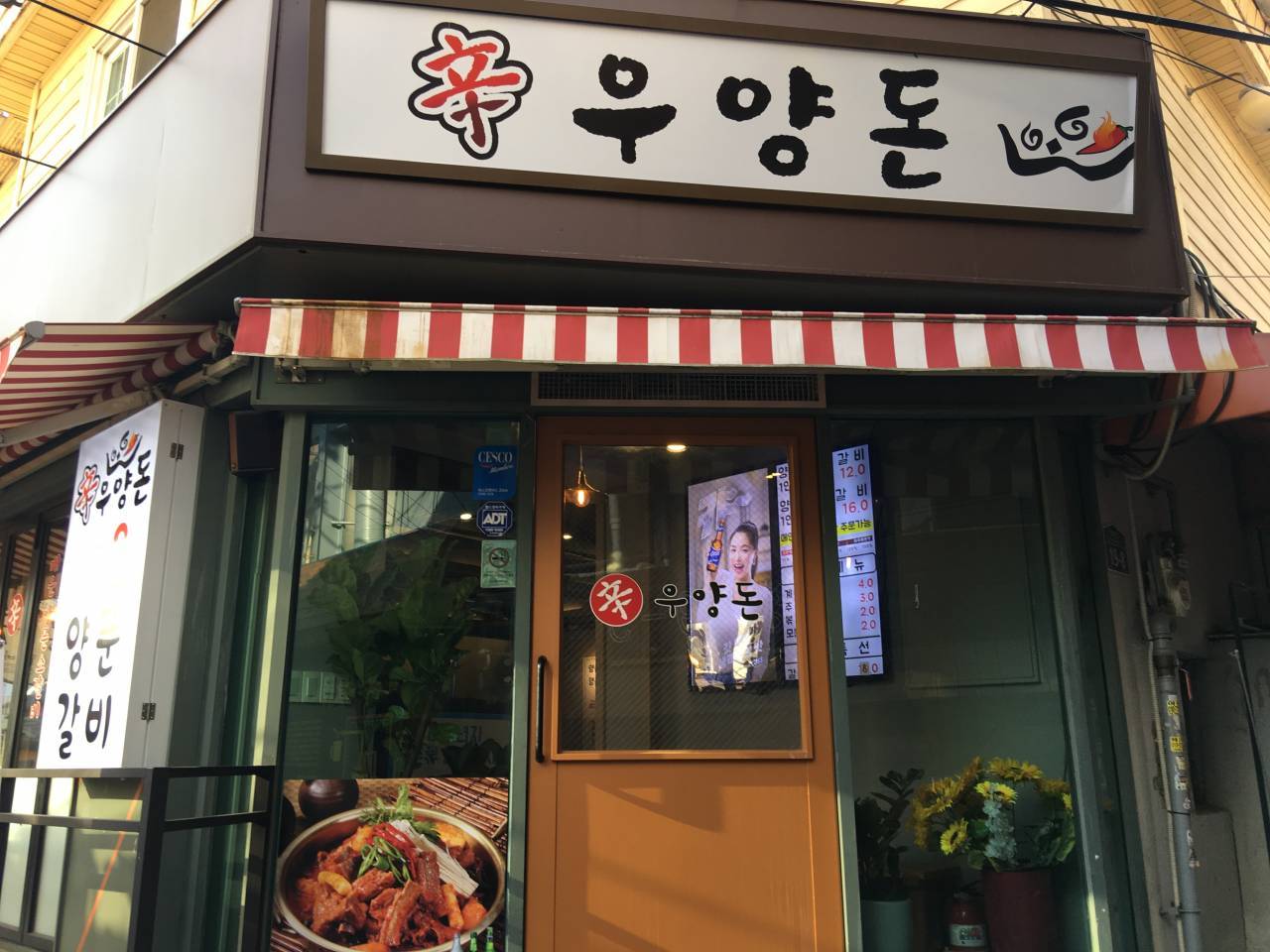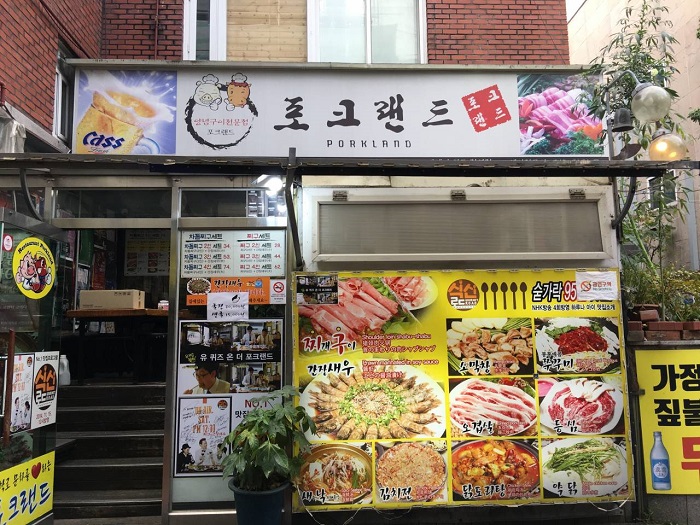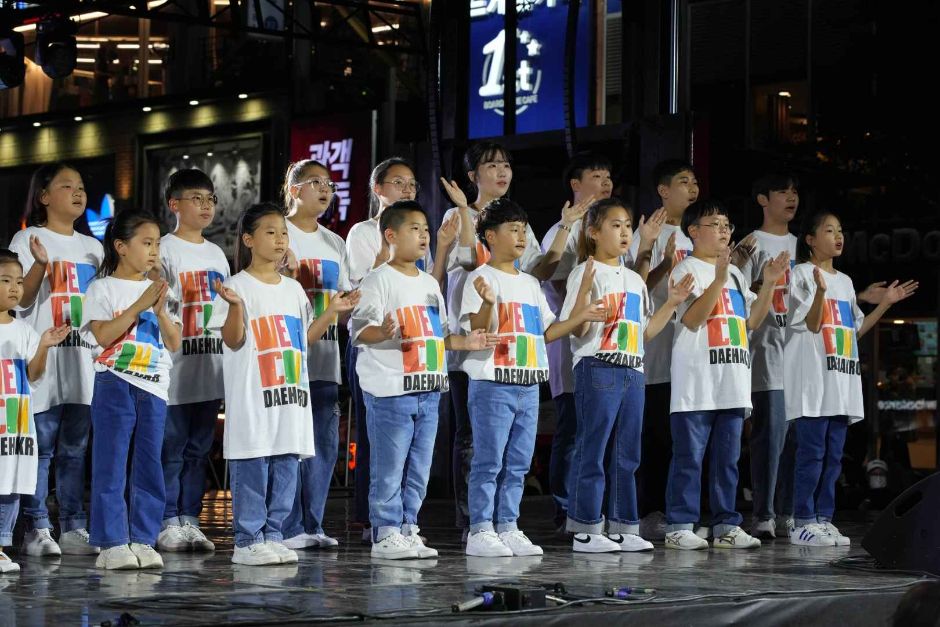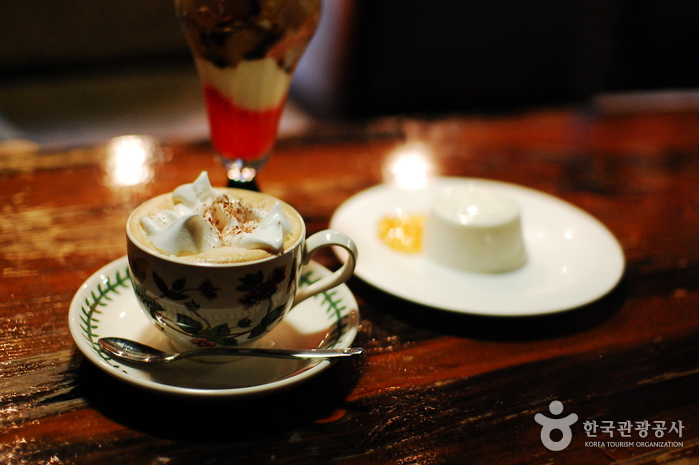Buam-dong (부암동)
2.5Km 2024-03-15
Buam-dong, Jongno-gu, Seoul
+82-2-2148-1807
Buam-dong is a village located north of Gyeongbokgung Palace. It is designated as a development-restricted zone due to its proximity to the Cheong Wa Dae, preserving the old neighborhood's appearance. There are numerous bakeries, cafés, restaurants, and small galleries housed in renovated traditional houses, making it a delightful place for a leisurely stroll. The nearby hiking trails connected to Bugaksan Mountain offer a tranquil journey through the forest, ideal for those seeking a peaceful retreat.
Sinuyangdon (신우양돈)
2.5Km 2021-03-18
19-8, Daemyeong-gil, Jongno-gu, Seoul
+82-2-747-3779
Spicy beef ribs are also available. The best menu at this restaurant is spicy grilled spareribs. This is a Korean cuisine located in Daehak-ro, Seoul.
Hwang Seonsaeng (황선생)
2.5Km 2021-03-18
19-2, Daemyeong-gil, Jongno-gu, Seoul
+82-2-744-3301
This is a Asian restaurant located in Daehak-ro, Seoul. Try a variety of Thai dishes. The best menu at this restaurant is pad Thai.
Artbox - Daehangno Branch [Tax Refund Shop] (아트박스 대학로)
2.5Km 2024-04-22
22, Daemyeong-gil, Jongno-gu, Seoul
-
PORKLAND (포크랜드)
2.5Km 2021-03-30
258-10, Changgyeonggung-ro, Jongno-gu, Seoul
+82-2-745-7878
It is a place that not only office workers but also college students often visit. The best menu at this restaurant is spicy pork shoulder shabu-shabu. This Korean dishes restaurant is located in Jongno-gu, Seoul.
Welcome Daehakro (웰컴대학로)
2.5Km 2024-10-08
104 Daehak-ro, Jongno-gu, Seoul
+82-2-743-5220
Welcome Daehakro is a festival devoted to celebrating various types of performances including non-verbal, traditional, musical, plays, and more. Started in 2017, the festival attracts visitors from around the world every fall.
Hakrim (학림)
2.5Km 2023-12-22
119, Daehak-ro, Jongno-gu, Seoul
+82-2-742-2877
Hakrim has been in business since its first opening in 1956. It is a special place that has shared its history with the people involved in arts such as theater and dance and intellectuals from nearby universities who flocked to the café after liberation and the Korean War. There is a sign saying “Seoul Future Heritage” hanging at the entrance that demonstrates its historical value. Visitors can observe traces of the past from mementos of people who stopped by, including graffiti on the wall and photos of prominent writers of the time. The café became even more famous as it was used as a filming location for several dramas, including “My Love from the Star (2013)” and “Reply 1988 (2015).” The signature menu here is Vienna coffee and cream cheesecake, which is topped with cute illustrations.






 English
English
 한국어
한국어 日本語
日本語 中文(简体)
中文(简体) Deutsch
Deutsch Français
Français Español
Español Русский
Русский